TABLE OF CONTENTS
Can you smoke weed stems?
Smoking cannabis stems is feasible but not recommended for various reasons, such as, low potency, a harsh smoke, and it may cause headaches.
Do weed stems get you high?
Cannabis' psychoactive ingredient, THC, is substantially lower in weed stems than in flower buds. Stems contain some THC content, but not enough to cause a psychoactive effect when smoked or vaped like flowers.
Is it healthy to eat weed stems?
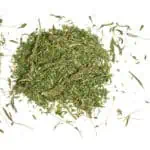
Cannabis stems are usually not eaten because:
Cannabis stems contain trace amounts of THC and CBD, but less than flower buds. Eaten stems are unlikely to cause psychedelic effects.
Cannabis stems are woody and fibrous, making them hard to chew and digest. Their roughness may irritate or hurt the digestive tract.
Consuming more cannabis stems may cause indigestion, bloating, and abdominal pain.
Scientists have neglected cannabis stems' safety and health effects. Ingesting them is hard to declare is safe.
Do you remove stems before grinding cannabis?
Before grinding cannabis, thicker stems are usually removed. Grinding is common for cannabis smokers and vapers. This uniformizes flower buds for a smoother burn or vaporization.
Can you turn stems into kief?
Stems have trichomes, sticky glands that carry cannabinoids and terpenes, like flower buds. However, stems have fewer trichomes per square inch than buds, making kief harvesting from stems difficult. Kif, the collection of these trichomes, is used to boost cannabis product potency due to its high THC and terpene content.
Extracting kief from stems would be laborious and certainly futile. Stem trichomes are less resinous and less developed than flower buds. Despite your greatest efforts, you would only get a little low-potency kief.
Can you smoke cannabis leaves?
Smoking cannabis leaves is possible, but the effects are different from flowers. Leaves, especially sugar leaves (the little leaves in the bud), contain cannabinoids although in lower concentrations than buds. Fan leaves—the bigger branch leaves—have significantly fewer cannabinoids. Large quantity of leaves can be harsh and weak, making smoking less pleasant.
Can you eat cannabis leaves?
Cannabis leaves are edible. Since the THC has not been decarboxylated, raw cannabis leaves are non-psychoactive yet high in vitamins, minerals, and fiber. They give nourishment to smoothies, salads, and juices. To get psychoactive effects, the leaves must be cooked or processed to activate THC.
Let's take a look at 22 uses for weed stems and leaves. Did you know that you might be throwing away perfectly good weed stems and cannabis leaves without even realizing their potential? Many experienced cannabis consumers keep a mason jar full of marijuana stems and/or trim leftover from packing a bowl or baking with raw material.
This seemingly useless roughage has a usable amount of trichomes that contain the intoxicating tetrahydrocannabinol (THC) compound. Make the most out of your flower buds with these top uses for weed stems and cannabis leaves.
Benefits of Using Weed Stems
Saving and re-using stems can seem like time-consuming and confusing work, especially for new users, but there are many benefits to hoarding every part of your buds from the stems to the already vaped weed.
Stems (and leaves) have some leftover therapeutic cannabinoids, albeit, considerably less than flower buds. While they can be harsh to smoke, cannabis stems can be used in a myriad of effective and fun ways.
Many states have purchasing and possession limits, which dictate how much marijuana a medical or recreational consumer can buy in a certain period of time.
By saving their stems, consumers can get the most out of their medicine saving some money and providing them with an extra perk such as a cannabis tea or a tasty edible. Here are 5 Uses for Cannabis Stems.
THC Content in Weed Stems
Stems vary in color from bright green to deep violet. They also grow minuscule trichome glands, but there hasn’t been extensive testing to show how much THC exists on stems and leaves.
MCR Labs is an ISO-accredited cannabis testing lab in Framingham, Massachusetts. They sampled different stems and “ran an analysis using HPLC-UV” used to separate and detect specific molecules.
MCR Labs’ first tested sample came from a personal stem jar full of stems from high-quality strains. The stems had previously been sifted over a screen to collect kief.
This first sample yielded a maximum amount of 1.2 percent THC and 0.1 percent CBN. The second stem sample came from pollinated flowers. The stems had a max THC amount of 1.1 percent. A third sample came from flower buds (18.3 percent THC). This third sample had a max 9.2 percent THC amount. Essentially, stems vary in THC levels.
So what’s the best way to use the THC in your stems? We’ve come up with five uses that will help you get the most from your cannabis!
5 Uses for Weed Stems
1. Cannabis Tea
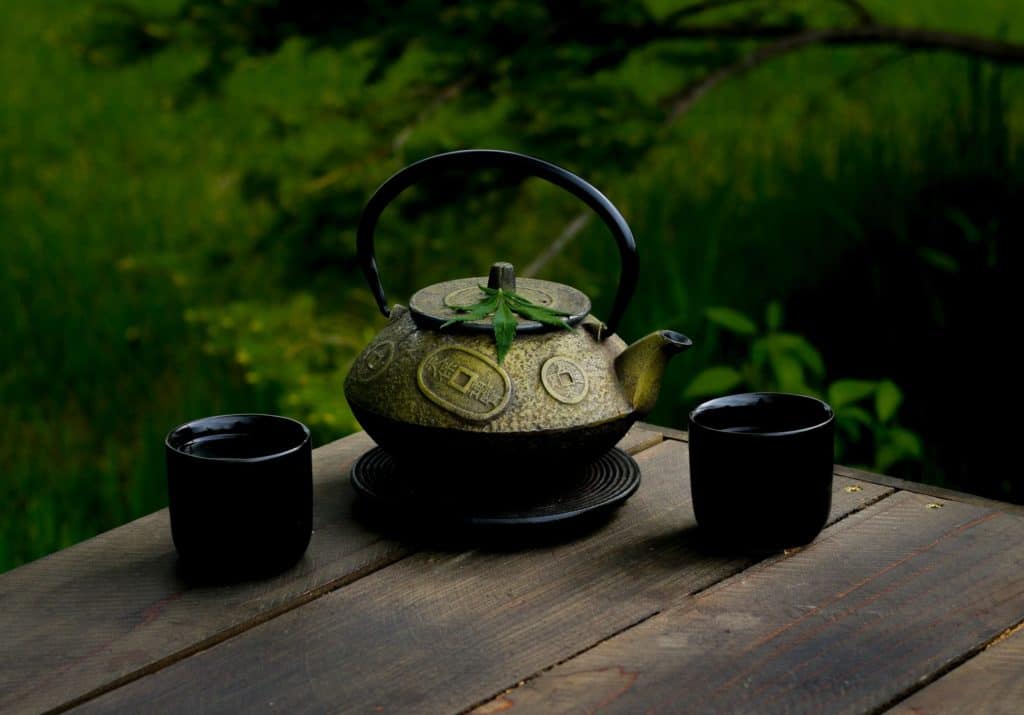
Cannabis flower buds, concentrates, and edibles are major sellers at dispensaries, but marijuana-infused tea is also a traditional and effective way to consume cannabinoids and reap their numerous health benefits.
Cannabis tea been used by ancient cultures in China, Egypt, and India for medicinal and spiritual purposes. Cannabis tea avoids the problem of cannabis smoke or vapor, which can be harmful to people with respiratory conditions.
Since the acid forms of cannabinoids are soluble in water, you must NOT decarboxylate the stems you’re using for tea to activate the THCA compound into the psychotropic THC. THC is not soluble in water, so it won’t be infused into your tea.
Also, since cannabis stems have a smaller concentration of THC, common cannabis tea recipes will require a larger amount of starting material. Cannabis stems can be ground and wrapped in a coffee filter or loose tea leaf container. The filter or tea leaf container can then be simmered on low for five to seven minutes and then mixed with a tea of choice.
How to Make Weed Tea From Stems
Making weed tea from stems is a terrific method to use every part of the cannabis plant and save waste. Stems contain trace quantities of THC and CBD, making them suitable for mild tea.
Decarboxylation activates THC, and fat increases the infusion since cannabinoids are fat-soluble. Make cannabis tea from stems using this simple guide:
Ingredients: Add a handful of dried cannabis stems (more is better due to their low potency).
1-2 cups water (depending on tea strength)
A fat source (coconut oil, butter, milk, or non-dairy for vegans) to extract cannabinoids
For flavor, choose herbal or ordinary tea bag
Optional sweetener or flavorings (honey, sugar, mint, lemon, etc.)
Equipment:
Grind or cut
A pot for boiling A strainer or cheesecloth
Instructions
Decarboxylate Stems
Heat the oven to 220°F (104°C).
Shear or crush the stems into small bits. Avoid powdering; smaller bits or gritty particles are best.
Spread stems in a single layer on a baking sheet.
THC is activated by baking them for 40 minutes. The process is decarboxylation.
Prepare The Tea
After decarboxylation, boil 1-2 cups of water in a pot.
Add fat to boiling water. A tablespoon should do, but adjust dependent on water and taste.
Add decarboxylated stems to the kettle and boil for 7–10 minutes on low. Fat in the water helps extract THC from stems.
Flavor It
Remove saucepan from heat after simmering.
Depending on how strong you prefer your tea, steep the tea bag in the pot for 3–5 minutes.
Add mint or lemon flavorings now.
Strain and Serve
Remove the stem and solid residue from the tea by straining it through a strainer or cheesecloth into a mug or teapot.
Honey, sugar, or other sweeteners can be added to tea.
2. Cannabis Cocktails
Cannabis cocktails are a fun and new way to consume cannabinoids and alcohol as long as you consume responsibly. High-proof liquor such as Everclear or vodka is the best alcohol to use when infusing cannabis stems. Cannabis stems can be ground, decarboxylated, and added into a glass jar with enough alcohol to cover the stems.
You can keep the alcohol and stem mixture in a cool, dry, dark area for a few weeks, while occasionally shaking the jar. After a few weeks, you get a high-octane base for your cannabis cocktails.
Sure, you can buy a cannabis beer or wine from retailers, but making your own cannabis cocktail can be much more satisfying. Just remember, start with a low dose due to the intense flavor and effects that may ensue.
Cannabis-infused cocktails with stems are a novel method to reuse cannabis plant materials. Cannabis stems can be infused into alcohol to make unique drinks due to their trace levels of THC, CBD, and other cannabinoids. This procedure creates a cannabis-infused alcohol from stems.
How To Make Cannabis Cocktails With Weed Stems
1. Start by Decarboxylating The Cannabis Stems
Heat the oven to 220°F (104°C).
Cut cannabis stems to improve surface area.
Place stem pieces on a parchment-lined baking sheet.
Bake stems for 40 minutes to decarboxylate.
Step 2: Alcohol-Infuse The Stems
Use vodka, rum, or everclear for the infusion. High alcohol concentration extracts more cannabinoids. Secure the decarboxylated stems in a glass container.
Use enough alcohol to completely coat the stems.
Shake the container to mix and seal it tightly.
Store the jar in a dark, cool area for 3-7 days. Shake the jar daily to aid infusion.
Straining the alcohol through a cheesecloth or fine mesh strainer removes all stem material. Cannabis-infused alcohol!
Step 3: Make Your Cannabis Cocktail
Your cannabis-infused spirit can be used to make drinks. This basic recipe will get you started:
Cannabis-Infused Simple Cocktail
Ingredients:
2-ounce cannabis-infused spirit
1 ounce simple syrup
1 ounce fresh lemon/lime juice
Ice Club soda (optional for spritz)
Lemon twist, lime wedge, or mint garnish
Instructions:
In an ice-filled shaker, mix cannabis-infused spirit, simple syrup, and lemon juice.
Shake well to chill mixture.
Strain into an ice-filled glass.
Add club soda for a spritz cocktail.
Choose a lemon twist, lime wedge, or mint sprig to garnish.
3. Rick Simpson Oil
Rick Simpson Oil (RSO) is a type of marijuana concentrate made from the plant’s resin glands that contain cannabinoids. This concentrate can be eaten, dabbed, or used on the skin, depending on the user’s preference. Fortunately, you can make multiple dabs worth of RSO with leftover cannabis stems.
How To Make RSO With Weed Stems
All you need to do is collect them, grind them in a blender, and mix them with Everclear. Shake the solution for 30 seconds to one minute. Afterward, strain the stems with a coffee strainer into a glass Pyrex dish or bowl. Let a fan blow over the mixture for anywhere from 3 to 24 hours. After the liquid has evaporated, scrape up the RSO and enjoy.
4. Cannabis Edibles
Marijuana edibles are a potent and long-lasting delivery method that can be made from the comfort of your home. Most cannabis edible recipes require ground flower buds, but you can also use cannabis stems.
You’ll need to increase the amount of cannabis stems you use, since they contain minimal THC levels. Furthermore, cannabis stems have a strong woody taste, so you’ll need to experiment with flavors to balance the overall taste.
How To Make Cannabis Edibles With Weed Stems
Making cannabis delicacies from pot stems is a creative use of leftover plant materials. To make a powerful edible, you'll need a lot of stems as they have fewer cannabinoids than flowers. Decarboxylation and infusion into a fat or oil are necessary to make effective stem edibles. Cannabinoids are fat-soluble. Make a basic cannabis butter or oil with plant stems for use in recipes:
Step 1: Gather and Prepare Stems
Gather enough weed stems. To make a strong infusion, use more stems than flower.
Decarboxylate stems to activate THC. Break or grind the stems into small bits, place them on a parchment-lined baking dish, and bake at 220°F (104°C) for 40 minutes.
Step 2: Infuse Stems into Butter or Oil Ingredients
Decarboxylated weed stems
1 cup unsalted butter or coconut oil (or other oil)
Instructions for Water:
Melt butter or oil in a saucepan over low heat. Add water to prevent butter or oil from burning.
After melting, add decarboxylated stems to the butter or oil.
Allow the mixture to boil on low heat for 2-3 hours, stirring occasionally. This gradual procedure infuses cannabis into fat without overheating, which degrades them. Avoid boiling the mixture.
After simmering, pour the contents into a container using a cheesecloth or fine mesh strainer to remove all solids. If you added water, it will separate from the butter or oil when chilled; remove the solidified top.
Let your cannabis-infused butter or oil cool before storing. Lift the mixture from the water after refrigerating until the butter or oil hardens. Store the infusion in an airtight jar in the fridge or freezer until use.
Step 3: Cook with Cannabis-Infused Butter or Oil
Your cannabis-infused butter or oil can be utilized in baked products and savoury dishes. Some tips:
You can use your cannabis-infused product to replace butter or oil in recipes like cookies, brownies, sauces, and salads.
Dosing: Test the infused butter or oil's efficacy with a little amount. It can be difficult to evaluate the intensity of your infusion, especially when using stems, so drink a little amount and wait 1-2 hours before drinking more.
Store infused butter or oil in the fridge or freezer to maintain potency and prevent deterioration.
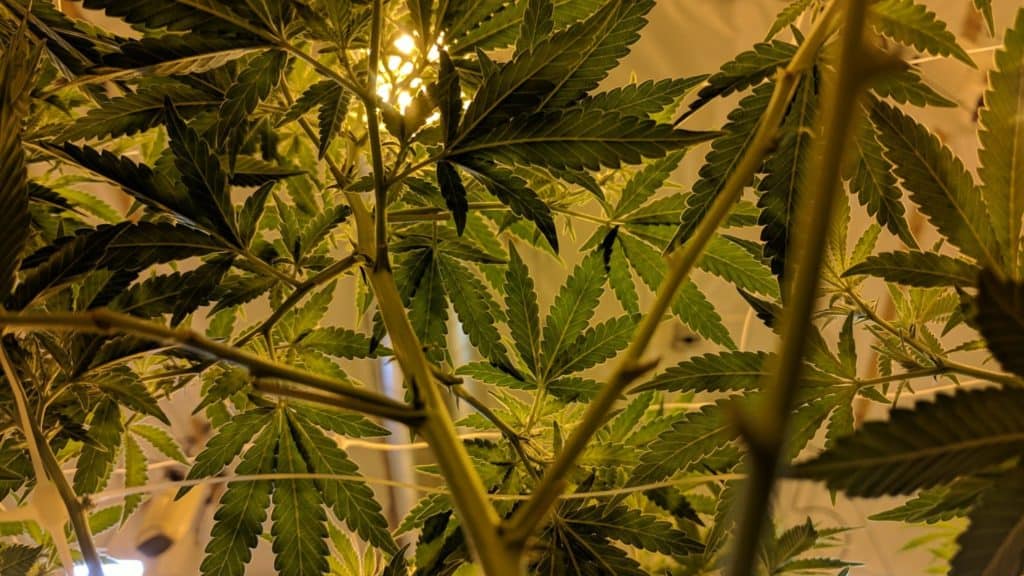
5. Marijuana Topicals
Cannabis topicals can be made with your leftover marijuana stems and an oil base. Marijuana topicals can be applied to the skin and provide localized relief.
All you need is a coconut oil, olive oil, or beeswax base to start. You can also add vitamins and essential oils for aroma and therapeutic effects. Topicals can be made by slowly heating the base and stems over an extended period of time.
How To Make Marijuana Topicals With Weed Stems
-Start with decarboxylating weed stems
First, decarboxylate your stems to activate THC, CBD, and other cannabinoids.
Heat the oven to 220°F (104°C).
Increase surface area by breaking stems into little pieces.
Place stem pieces on a parchment-lined baking sheet.
Bake stems for 40 minutes to decarboxylate.
-Make the infusion
Decarboxylate your stems and infuse them into a carrier oil. Coconut, olive, and almond oils absorb cannabinoids and are skin-friendly.
Ingredients:
Decarboxylated weed stems
1 cup coconut oil or other carrier oil
Instructions:
In a slow cooker, double boiler, or saucepan, combine decarboxylated stems and carrier oil.
Gently heat the mixture on low for 2-4 hours, stirring regularly. Use a heat diffuser or low heat setting in a saucepan to avoid boiling.
Strain the oil through a cheesecloth or fine mesh strainer to remove the stem fragments after heating. Squeezing the cheesecloth too hard can push through plant stuff.
-Make Marijuana Topical
Create several topicals using your cannabis-infused oil. The following cannabis salve recipe is simple:
Ingredients:
½ cup cannabis-infused oil
¼ cup beeswax (adjust for consistency)
Essential oils for scent, vitamin E oil for skin nutrition are optional.
Instructions:
Melt beeswax in a double boiler or glass basin over simmering water.
After melting the beeswax, add the cannabis-infused oil and blend thoroughly.
Add optional ingredients: After blending and turning off the heat, add essential oils or vitamin E oil.
Pour into containers: Before it sets, quickly pour the mixture into jars or tins.
Before usage, let your topical cool and firm.
Do Cannabis Fan Leaves Contain Cannabinoids?
The iconic marijuana leaf also contains a trace amount of trichomes, the microscopic resinous glands that produce the plant’s therapeutic compounds such as cannabinoids, terpenes, and flavonoids. Each one of these compounds contributes to a strains unique potency and aroma.
Compared to cannabis flower buds, however, cannabis leaves contain an insignificant amount of cannabinoids. With enough pot leaves and even stems, however, users can make a range of consumables that contain a decent amount of cannabis compounds.
You can utilize cannabis leaves in various ways. This allows you to squeeze the most out of the harvest. In a traditional sense, various parts of the marijuana plant were used for a wide range of reasons and this is the case even today. The cannabis leaves are not all useless and you should take advantage of them.
17 Bonus Uses of Cannabis Leaves and Weed Stems
1. Smoking Stems and Cannabis Leaves
During the trimming phase, you will usually notice larger fan leaves. Sugar leaves are the smaller version, which will usually be covered with trichomes. For this reason, they have a high level of THC content.
To avoid the loss of the high potency, some marijuana growers will generally let the sugar leaves stay on the buds. In so doing, however, when you smoke these leaves, they are not as smooth and they are definitely stronger.
2. Cooking With Marijuana Leaves
Fan leaves are not smoked because of their lower levels of THC content and fewer trichomes. However, you can use fan leaves to make your edibles such as cake or brownies. The cooking and baking process extracts most of the leave's potency.
The good news is that you will have enough cannabis leaves to put in your edibles. You can also use the marijuana stems in your cannabutter.
If you make homemade pizza, you could add your cannabis leaves as a pizza topping. But, they have to be dried and grounded first. This also allows you to use it as an herbal product. It has quite a lot of nutritional value in this form. You can also sprinkle it on your salads and pasta.
3. Making Marijuana Tea With Leaves and Stems
Use the cannabis leaves to make tea. The cannabinoids that are present in the leaves are fat-soluble instead of water-soluble. What does this mean? It means that you can use it to make, not only cannabutter but also tea. Pour milk in a pot and put your leaves in it, bring to a boil and then simmer, allowing the smell and flavor to be transferred into the tea.
This is great medicine for the body and the mind.
4. Juicing Your Cannabis Leaves
If your cannabis leaves are moist and you haven't trimmed them, then you can juice those cannabis leaves. If you were to consume the leaves while they are raw, they would be considered superfoods. You would be able to absorb the cannabinoids much easier when consumed in a raw state.
So avoid letting the leaves be dried out after trimming. Instead, put the leaves in a blender and blend with other ingredients to make a smoothie. You could add banana, strawberry and coconut milk to it.
5. Making Marijuana Cocktails With Weed Leaves And Stems
Cannabis leaves and stems can easily be infused into your favorite cocktail or mocktail for an added kick of cannabinoids and terpenes. Users can make an infused Green Dragon concentrate, a type of cannabis tincture made with alcohol, to infuse into alcoholic beverages.
After grinding and decarboxylating marijuana leaves and stems, users can add the material into a jar with a lid. Add enough water to cover the material and let the solution sit in a dark and cool area.
Users can shake the jar daily for a week, after which the mixture can be strained to leave behind a concentrated cannabis tincture to be used in alcohol mixes.
6. How To Make Bubble Hash From Marijuana Stems And Leaves
If you have a large number of weed leaves and stems, you can perform a bubble hash extraction to produce some moderately potent and solvent-free concentrates. Bubble hash extraction uses ice, water, and agitation to remove the resin glands from cannabis matter.
First, the water and cannabis leaves and stems are placed in a bucket lined with filtration bags made of screens similar to ones used when producing dry sift kief. When agitated, the trichomes fall off and sink to the bottom, while the plant matter stays on the surface.
After the material has settled, the bags are separated and the trichomes are removed. The bubble wash is then dried and is ready to consume through smoking.
7. Using Marijuana Leaves And Stems For Arts & Crafts
If you don’t want to decarboxylate your weed stems and leaves for future consumption, you can always find other creative uses for your organic waste. For instance, a bunch of stems can work as a screen or filter for a bowl or bong piece when smoking.
The fibrous stems and stalks from cannabis can be worked into numerous functional and artistic objects including a DIY hemp wick. Simply strip long stems and stalks with a sharp blade to produce multiple strings of fiber.
Afterward, twist the fiber strands together in a rope-like fashion. Finally, dip your twisted fibers into beeswax to keep the wick together.
With extra-long stems and stalks, users can even make cannabis baskets by following a woven wicker basket tutorial.
Since cannabis stalks can run the risk of breaking, users should soak the stems and stalks overnight in water to make them more flexible.
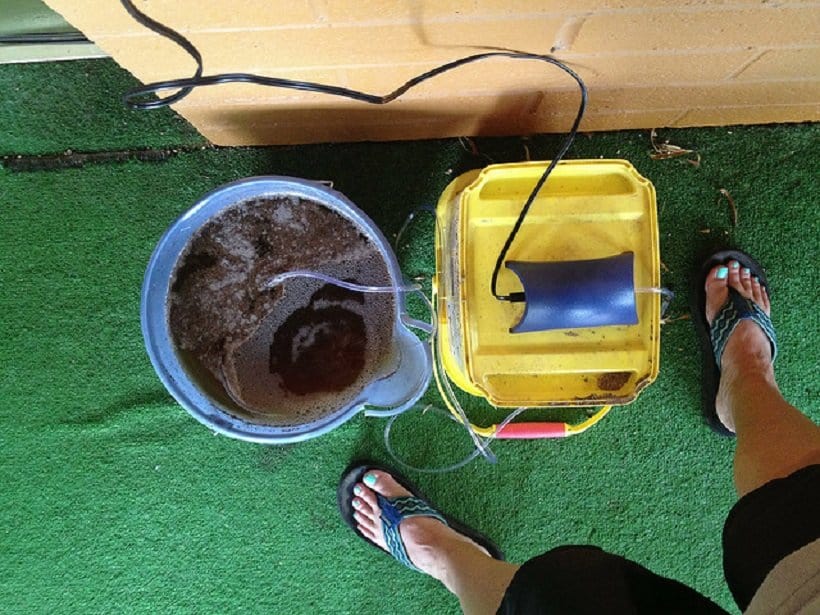
8. Composting Cannabis Leaves
Master growers recommend composting cannabis scraps such as stems and leaves to produce an organic soil mixture.
Not only does saving your cannabis fan leaves provide nutrients to your plants through the soil, but it also reduces the amount of household waste produced.
Cannabis leaves can be shredded and mixed with other organic and inorganic compostable material to make a soil amendment. Leaves that are no longer marketable don’t have to end up in a landfill.
9. Herbal Cannabis Teas
Dried cannabis leaves can serve as the foundation for herbal teas. To make calming and fragrant infusions, combine them with other herbs like mint, chamomile, or lavender.
Cannabis leaves themselves don't have a lot of THC, but they might have a little calming effect, which makes them a suitable addition to your nightly tea practice.
10. Cannabis Skin and Body Care
The leaves of the cannabis plant are full of antioxidants and other substances that may be good for the skin. Some people have experimented with making their own cannabis-infused creams, lotions, and balms for skincare.
“
There are over 300,000 jobs in the cannabis industry. CTU trained me for one of them!

Makes $24.50 @ THC +
It is asserted that these products may have advantages including reducing inflammation and hydrating the skin.
11. Cannabis Crafting and Art
Cannabis stems and leaves are interesting materials for crafts and artwork for anyone with a creative streak. Stems can be used to create beads, ornaments, or even be a part of handcrafted paper.
Cannabis leaves that have been dried and pressed can be used for floral art or as a natural fabric dye.
12. Cannabis Composting and Gardening
Cannabis stems and leaves can help your garden grow and be more sustainable. Following harvest, the discarded plant material can be placed to compost piles to supply nutrients.
A cycle of nourishment is created when the decomposed material is used to improve the soil in your garden.
13. Hempcrete and Sustainable Cannabis Building
Industrial hemp, a form of cannabis, is recognized for its many applications, albeit not all cannabis plants may be used for it. Hempcrete, a sustainable building material, can be made by combining lime and the hurd, the inner core of hemp stems.
Hempcrete is a popular option for ecologically conscious builders since it has superior insulating qualities and is safe for the environment.
14. Cannabis Potpourri and Aromatherapy
Dried cannabis leaves can be used into home-made potpourri mixtures to give your living surroundings a distinctive scent.
They can be used directly or blended into carrier oils for diffusers and massages as part of aromatherapy procedures.
15. Natural Fertilizers and Cannabis Plant Boosters
You may make nutrient-rich teas from cannabis stems and leaves that serve as natural fertilizers for other plants in your garden. You can make a nutrient-rich solution that you can use to irrigate your plants by steeping the plant material in water.
This not only minimizes waste but also uses the cannabis plant's advantageous traits to promote the growth of other flora.
16. Extraction of Cannabinoids and Terpenes
Cannabis stems and leaves nevertheless contain useful substances like CBD and other cannabinoids, as well as aromatic terpenes, although having lower cannabinoid concentrations than the flowers do.
To make tinctures, oils, or concentrates, some people opt to extract these substances from the plant material. This may be a clever method to use every component of the plant and take use of any potential advantages.
17. Research and Cannabis Education
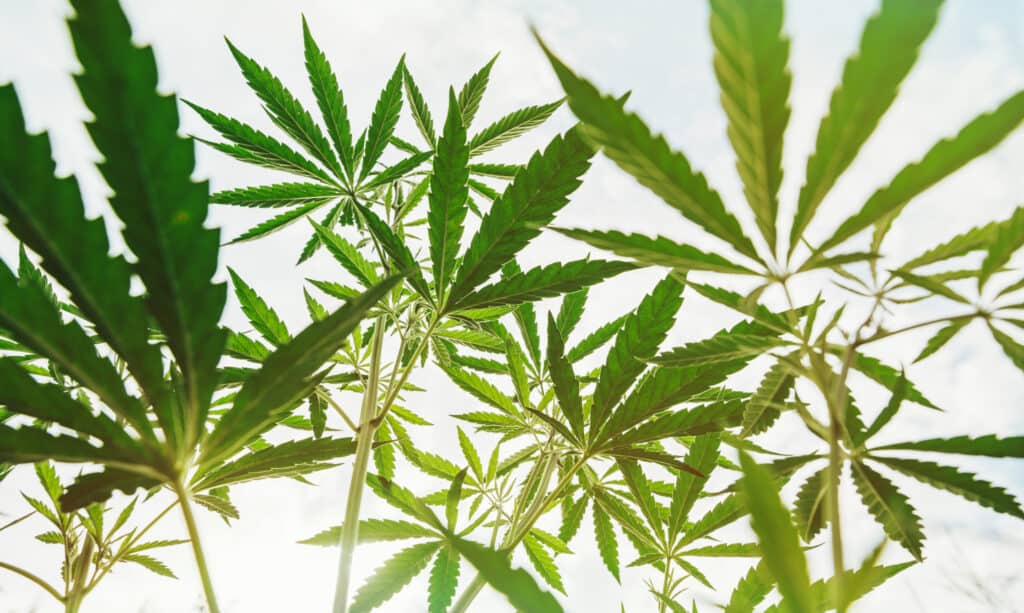
Cannabis stems and leaves can be useful teaching resources. They can be used to demonstrate the various plant components and support instructional programs about botany, plant biology, and the life cycle of cannabis.
These resources can be used by academic institutions and research centers to instruct the general public and students about the complexities of the cannabis plant.
The stems and leaves of cannabis plants frequently take a backseat to the flowers, but their potential should not be ignored. There are numerous ways to make the most of these frequently ignored sections of the plant, from gastronomic delights to sustainable crafting and gardening.
Our understanding of cannabis' many applications will change along with views against it as they continue to do so. Therefore, before you think of throwing those stems and leaves away, think about the variety of uses they can serve as a tribute to the plant's adaptability and the creativity of individuals who value it.
The cannabis plant has a lot more to give than is initially apparent, challenging us to think creatively and make the most of its unique qualities as we continue to explore the possibilities.
As you can see there are many things to do with weed stems and cannabis leaves that you may not normally have thought of.
Cannabis Training Certifications
Learn more about cannabis anatomy, growing, cooking, and extraction with CTU’s renowned marijuana certification program. Find out more about what to do with cannabis stems and all your cannabis cultivation needs at Cannabis Training University.

Gavin Kushman
Gavin is a worldly adventurer and cannabis connoisseur, embarking on journeys that take him to the far corners of the globe to explore and document the varied effects, flavors, and histories of both renowned and lesser-known strains. From the misty high-altitude farms of the Hindu Kush highlands to the vibrant cannabis cafes of Amsterdam, Gavin's quest for knowledge spans continents. A recognized authority in the cannabis industry, he frequently lends his expertise to leading publications such as Cannabis Training University, where his captivating blog articles chronicle his unique experiences with different cannabis strains.


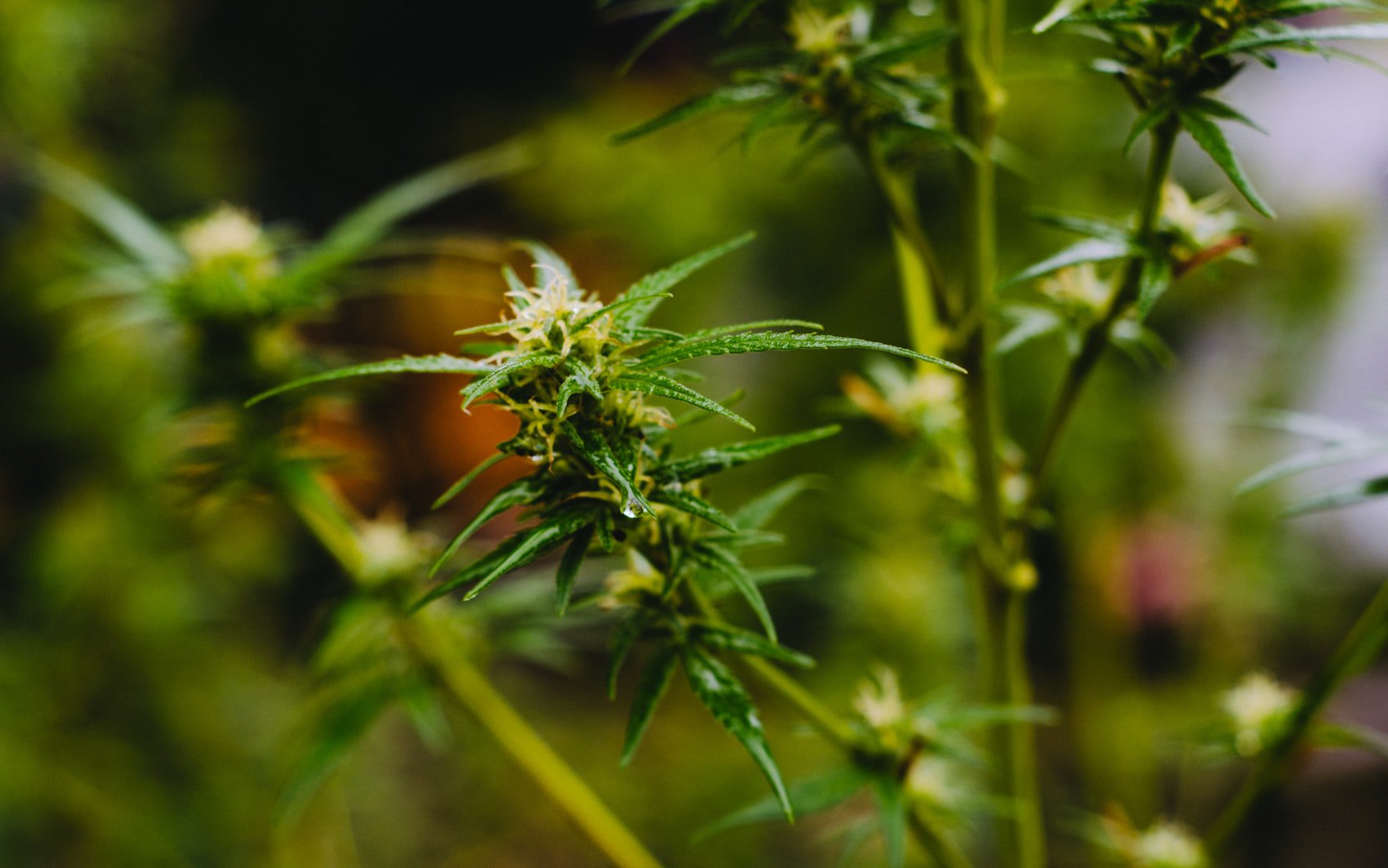
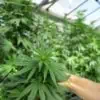

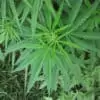

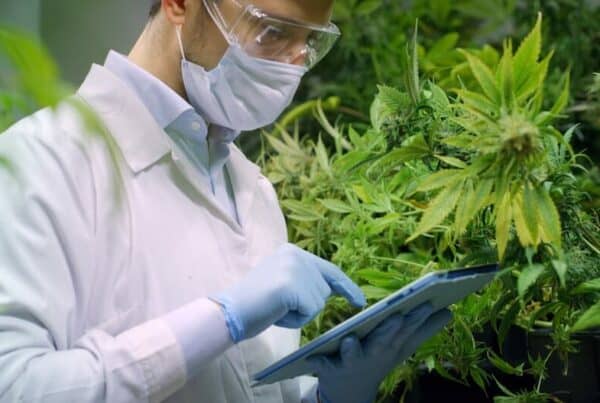
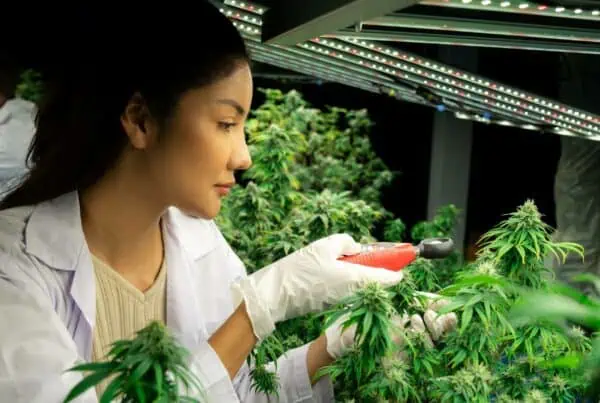
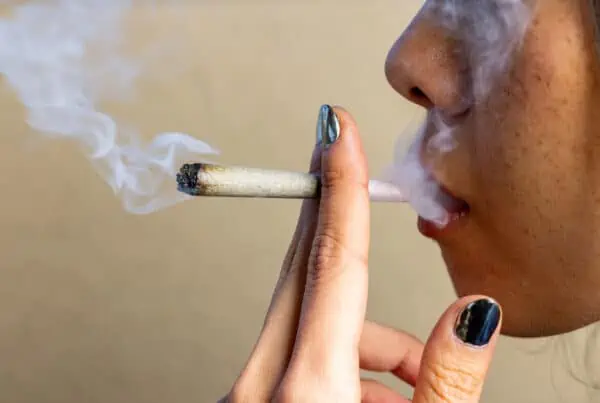
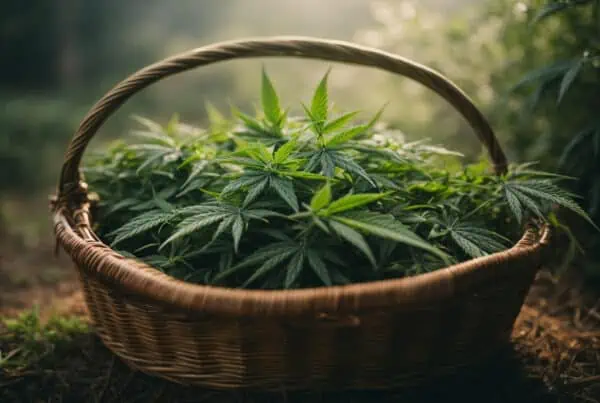

 Jeff was involved in an accident where he endured a traumatic brain injury. He had a week-long stay in ICU where brain surgeons
Jeff was involved in an accident where he endured a traumatic brain injury. He had a week-long stay in ICU where brain surgeons  100% risk free money back guarantee within 48 hours after purchase if student has not completed any of the courses or exams.
100% risk free money back guarantee within 48 hours after purchase if student has not completed any of the courses or exams.